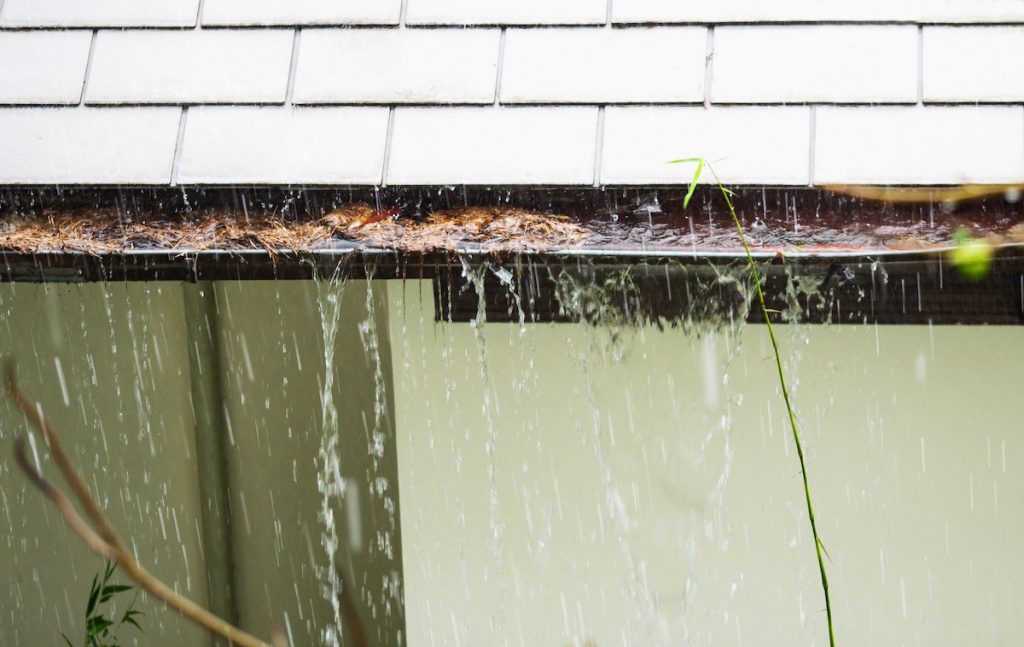Preventative Measures for the Six Most Common Causes of Water Leaks in Residential Spaces
Preventative Measures for the Six Most Common Causes of Water Leaks in Residential Spaces
Blog Article
We have discovered this article pertaining to Top Causes of Home Water Leaks down the page on the internet and reckoned it made sense to discuss it with you on this site.

Leakages not just create waste of water yet can likewise cause unnecessary damages to your home and also promote undesirable natural growth. By looking and recognizing for daily scenarios that trigger leakages, you can shield your residence from future leakages as well as unnecessary damage.
Instantaneous temperature changes.
Severe temperature adjustments in our pipes can create them to increase and also acquire suddenly. This growth and tightening might trigger cracks in the pipes, specifically if the temperature level are below cold.
Corroded water systems
This may be the reason of discoloration or bending on your water pipes. If our plumbing system is old, consider replacing the pipelines because they are at a greater danger of corrosion than the newer designs.
Defective Pipe Joints
Pipeline joints can degrade over time, resulting in water leaks. If you have noisy pipes that make ticking or banging noises, especially when the warm water is transformed on, your pipeline joints are most likely under a whole lot of stress.
Encroaching roots
A lot of water leaks begin outside the home rather than inside it. You might discover damp patches or sinkholes in your yard, and also that could indicate that tree roots are attacking water lines triggering water to leak out.
Poor Water Connectors
Sometimes, a leakage can be brought on by loose hoses and pipelines that supply your appliances. More often than not, changing is what causes the loosened water Connections. You could discover in the case of a cleaning device, a hose might spring a leak because of shaking throughout the spin cycle. In case of a water links leakage, you may see water running directly from the supply line or pools around your appliances.
Obstructed Drains
Clogged drains could be bothersome and also inconveniencing, but they can often wind up causing an overflow leading to rupture pipes. Maintain getting rid of any products that might go down your drains pipes that might obstruct them to stay clear of such hassles.
All the above are sources of leaks but not all water leaks arise from plumbing leaks; some leakages could originate from roof leaks. All leakages need to be fixed immediately to prevent water damages.
Leakages not just create waste of water but can also trigger unnecessary damage to your house and also advertise undesirable organic growth. By looking and also understanding for daily circumstances that create leakages, you can shield your residence from future leakages and unnecessary damage. Today, we will look at six leak triggers that might be causing your pipes to trickle.
At times, a leakage can be created by loosened tubes and also pipelines that supply your appliances. In situation of a water connections leak, you may notice water running directly from the supply line or puddles around your home appliances.
How To Check For Water Leak In Your Home
How To Check for Leaks
The average household's leaks can account for nearly 10,000 gallons of water wasted every year and ten percent of homes have leaks that waste 90 gallons or more per day. Common types of leaks found in the home are worn toilet flappers, dripping faucets, and other leaking valves. These types of leaks are often easy to fix, requiring only a few tools and hardware that can pay for themselves in water savings. Fixing easily corrected household water leaks can save homeowners about 10 percent on their water bills.
To check for leaks in your home, you first need to determine whether you're wasting water and then identify the source of the leak. Here are some tips for finding leaks:
Take a look at your water usage during a colder month, such as January or February. If a family of four exceeds 12,000 gallons per month, there are serious leaks.
Check your water meter before and after a two-hour period when no water is being used. If the meter changes at all, you probably have a leak.
Identify toilet leaks by placing a drop of food coloring in the toilet tank. If any color shows up in the bowl after 10 minutes, you have a leak. (Be sure to flush immediately after the experiment to avoid staining the tank.)
Examine faucet gaskets and pipe fittings for any water on the outside of the pipe to check for surface leaks.
Undetected water leaks can happen without the home or business owner even realizing. If you suspect a water leak, but not able to find the source. It is time to contact a professional water leak detection service, The Leak Doctor.
How To Find a Water Leak In Your Home
https://www.leakdoctor.com/blog/How-To-Check-For-Water-Leak-In-Your-Home_AE197.html

As a fervent person who reads about How to detect water leaks in your home, I figured sharing that editorial was worthwhile. In case you appreciated our blog posting please remember to share it. Thank you for your time spent reading it.
Contact Us Now Report this page